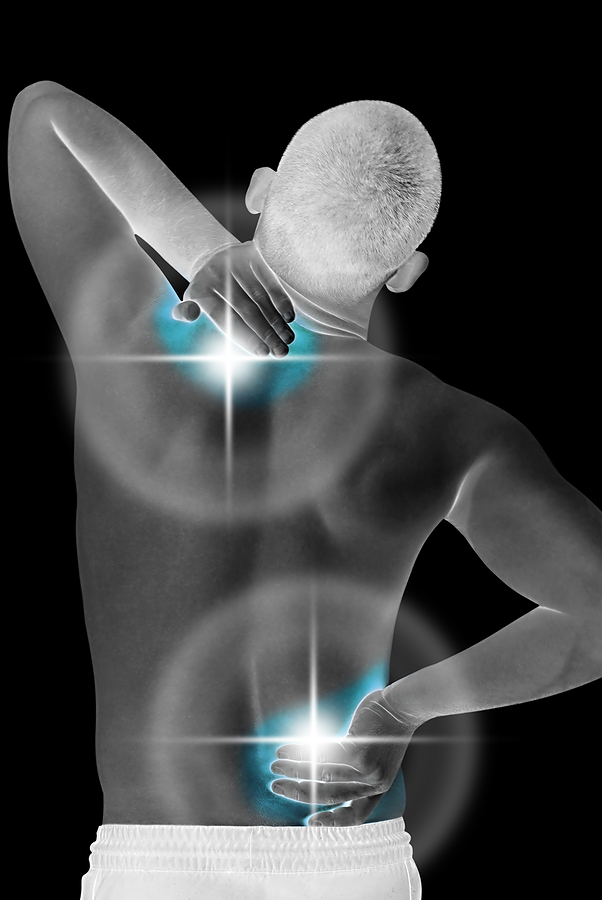Why Do Doctors Keep Pushing Invasive Procedures on Me?
/By Mike Emelio, Guest Columnist
I'm not a cynical person by nature, but I'm seeing a very clear pattern with interventional pain management doctors. Why is it that every doctor I've seen who is certified in interventional pain medicine (at least 8 of them already) demonize opioid medication and insist on pushing their non-FDA approved injections, radiofrequency ablations, pain pumps and spinal cord stimulators?
This approach is even more absurd when you consider the fact that invasive procedures tend to have low rates of efficacy and are known to create scar tissue and nerve damage, both of which can cause more pain.
As if this weren't ridiculous enough, in spite of explaining to these doctors how epidural steroid injections not only didn't work for me, but robbed me of my life by tripling my pain and making my condition much worse (see “Disabled by the War on Opioids”), every single one of the doctors I've seen still tries to push more of those injections on me.
My head spins every time I hear them try to sell me on more injections. Are they deaf, insane, just trying to make their wallets fatter, or all three?
On what planet does it make sense to do more of what made a thing worse?
Ever since my life was ruined by those injections 5 years ago, I've been desperately trying to find a doctor who truly cares about my well-being and wants to help me. My search has been fruitless so far.
Sadly, it just keeps getting worse. The latest doctor I started seeing keeps pushing a pain pump on me. That is as absurd as it gets. Multiple doctors have told me that the reason those injections made my back pain worse is because they caused adhesive arachnoiditis or nerve damage – both of which can be made worse with invasive procedures.
Why would any doctor push a pain pump on me? I could understand it for a patient with a history of drug abuse, but that is not the case with me. Not only do I have zero history of drug or alcohol abuse, but I have taken my pain meds responsibly for many years. Why should I submit to being put under anesthesia, cut open and have a device implanted in me, all which can have serious complications, when I can get the same medication in a pill that I took responsibly for many years?
All of the surgeons say that my best option for improved quality of life is pain medication and staying as active and mobile as possible. Yet every interventional pain management doctor ignores their advice and pushes for injections, spinal cord stimulators or pain pumps. Why would they do that?
It's simple. According to my Medicare statements, a doctor makes about $75 per visit to write and maintain prescription medications. But with the injections, it's $1,000 and up!
Many times I've personally seen doctors perform unnecessary tests that pay them a lot of money and only for that reason. This is not just my opinion, as other doctors I've seen have confirmed this. Not all doctors are like this and I wouldn't even venture to say most, but the fact is there are plenty of them out there.
I'm not saying any of this to bash doctors. I'm sharing this information in hopes that people take the time to get educated, be vigilant and be their own advocate when it comes to their healthcare. Doctors are only human. They're just as susceptible to flaws as anyone else. I can't impress enough on all of you to look out for yourselves and get second, third, fourth and even fifth opinions if needed.
If you think that sounds excessive, just think about what happened to me. They took away what was working for me and used a non-FDA approved procedure on me that wasn't even designed for what they were using it for. The end result was that it crippled me, robbed me of my ability to work, forced me into a life of poverty and disability, and took away my freedom, my dignity and my ability to properly care for myself.
Simply put... It has devastated my life.
I don't post any this for sympathy. I am only trying to educate and inform people about what can happen if they put too much faith in doctors without doing some research. What happened to me is a prime example of just how essential it is that we patients be as proactive as possible, be our own advocates and protect ourselves.
Michael Emelio lives in Florida.
Pain News Network invites other readers to share their stories with us. Send them to editor@painnewsnetwork.org.
The information in this column should not be considered as professional medical advice, diagnosis or treatment. It is for informational purposes only and represents the author’s opinions alone. It does not inherently express or reflect the views, opinions and/or positions of Pain News Network.






















